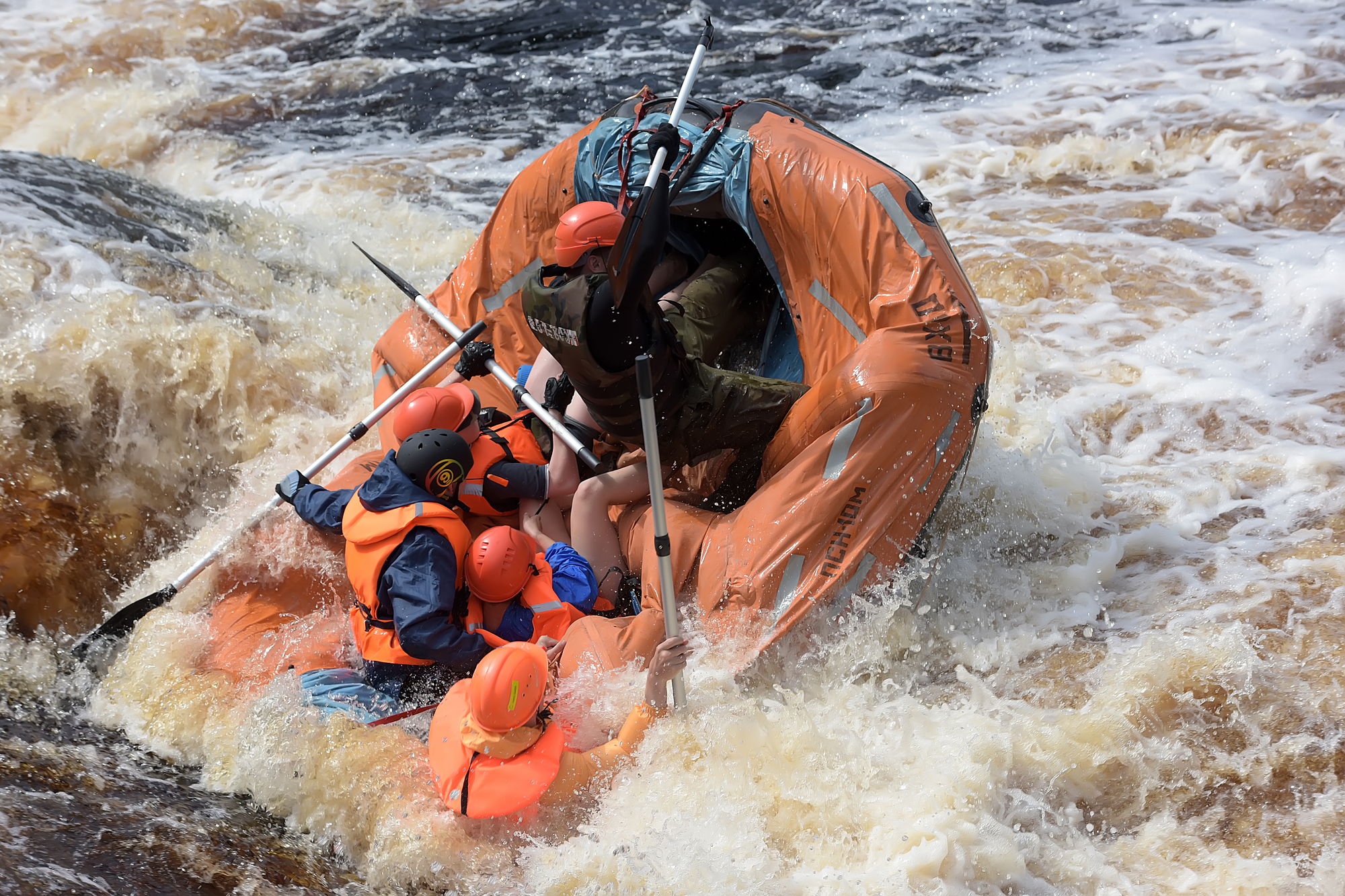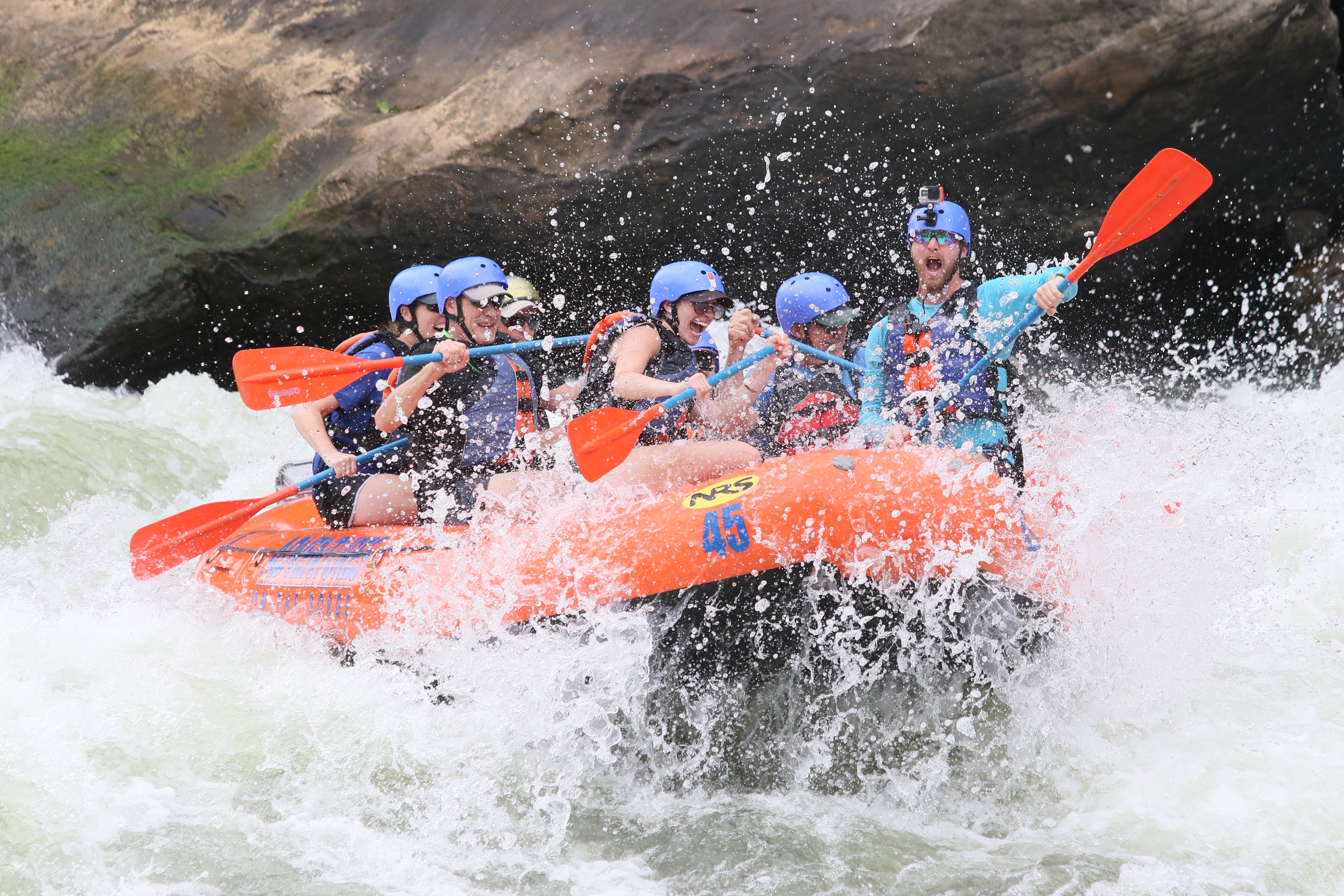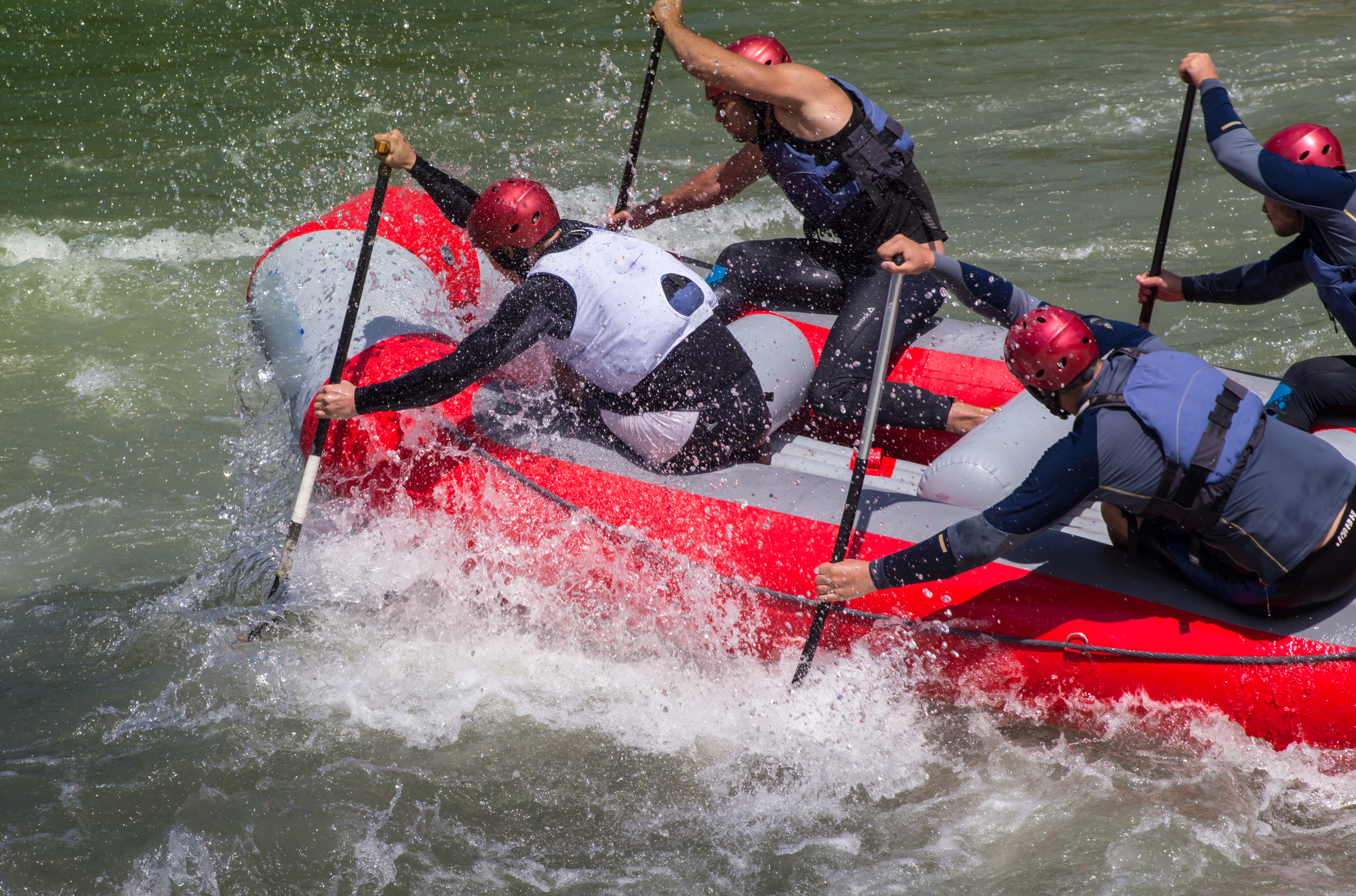White water rafting is a thrilling adventure that can provide a lifetime of memories. It's a popular activity for people of all ages, but it's important to understand the risks and rewards before you decide whether or not to participate.
This blog post will discuss the dangers of white water rafting and the precautions you can take to minimize your risk. Get ready to dive into the incredible thrill of conquering raging rapids!
How Dangerous is Whitewater Rafting?
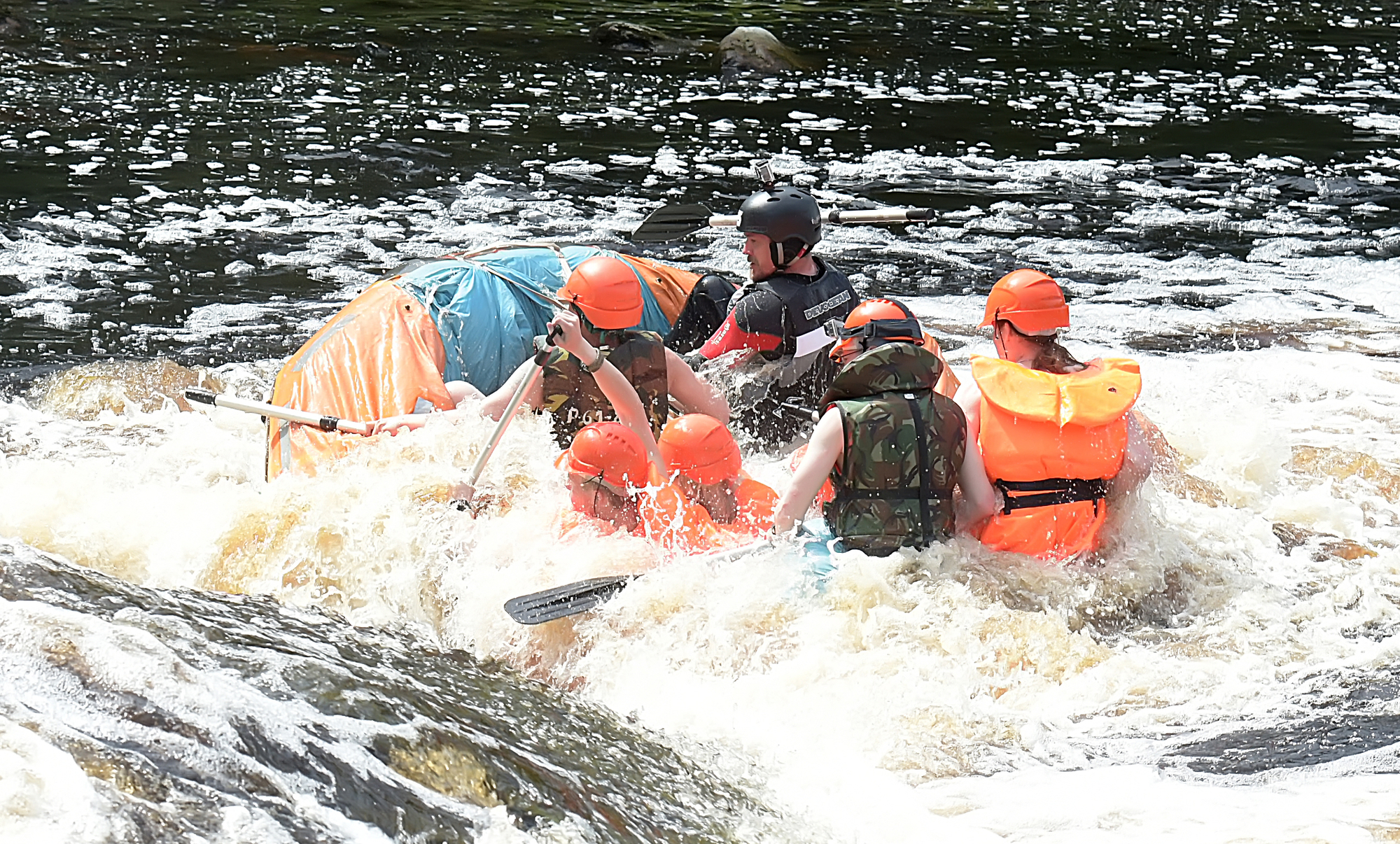
The level of danger involved in whitewater rafting depends on a number of factors, including the strength of the current, the size of the waves, and the type of rapids you're navigating.
Class I and II rapids are considered to be relatively gentle, while Class III and IV rapids are much more challenging.
Here are some of the most common whitewater rafting dangers and hazards:
1. Overexertion
Overexertion is one of the most common dangers associated with whitewater rafting. It's important to pace yourself and take breaks when necessary, especially if you're not used to being in the water.
It's the leading cause of death in whitewater rafting accidents, so it's essential to be aware of your limits and take breaks when needed.
If you're feeling fatigued, let your guide know so they can help you out of the water. Pushing yourself too hard can lead to dangerous consequences, so it's always better to be safe than sorry.
2. Holes
When whitewater flows over a rock, drop, or other obstruction that creates a recirculating current, it forms a hole. These holes can be hazardous because they can trap swimmers and rafts.
Holes may have a powerful downward circulating influence, pulling a person through its cycle or keeping them underwater for an extended amount of time.
If you find yourself in a hole, the best thing to do is to try and swim out of it. If you can't make it to the side, tuck your head into your chest and wait for the raft to flip over. Once you're upside down, the hole will release you.
3. Crashing into rocks
Injuries from collisions, banging, brushing, and smacking against rocks are far more common than death in whitewater rafting.
This can happen while you are on the raft. When the raft hits a boulder, you can get thrown out and hit your head.
Also, keep an eye on the paddles swinging in the water. Many people have incurred a bloody nose at the hands of their friends flailing paddles.
Wearing a life jacket and helmet will help protect you from serious injury, but it's still important to be aware of your surroundings and avoid rocks whenever possible.
4. Strainers
Strainers are obstacles in the water that can trap and hold objects, including people. They are usually made of branches, trees, or other debris that has been swept into the river.
While they may not seem dangerous at first glance, strainers can be extremely dangerous because they can pin you underwater. In essence, the current pulls anything on the water's surface into the strainer.
The best way to avoid getting caught in a strainer is to stay in the center of the river where the current is strongest. If you find yourself caught in a strainer, try to push off it with your feet and swim to the side.
5. Getting stuck
If you're not careful, it's easy to get stuck in the raft when it flips over. When this happens, you can be pulled underwater and held there by the current force.
No matter how strong of a swimmer you are, it's essential to be aware of this danger and take precautions to avoid getting stuck.
The best way to do this is to always wear a life jacket and stay close to the raft. If you do find yourself getting pulled underwater, try to grab onto the raft or something else that will help you get to the surface.
6. Sieves
A sieve is a type of strainer made up of rocks or other material that has been eroded by the water.
They are often found in areas where the river has cut through a hill or mountain. Sieves can be extremely dangerous because they can trap and hold objects, including people.
Sieves can be avoided by avoiding the use of untrained locals. Know about any sieves in the area and prevent them while rafting.
To prevent an undesirable scenario, stay securely within the boat and rescue any swimmers fast in the vicinity of a sieve to avoid danger.
7. Undercuts
When a cliff or rocky area extends out over the river's surface, it is known as an undercut. Water may flow under the undercut, and the current's power can trap a person underwater beneath the boulders.
Undercuts can develop in areas where the river approaches rock walls or cliffs. Know before you go: Take time to get local expertise or go whitewater rafting with a guide in regions where undercut dangers are rampant.
Whitewater Rafting Death Statistics
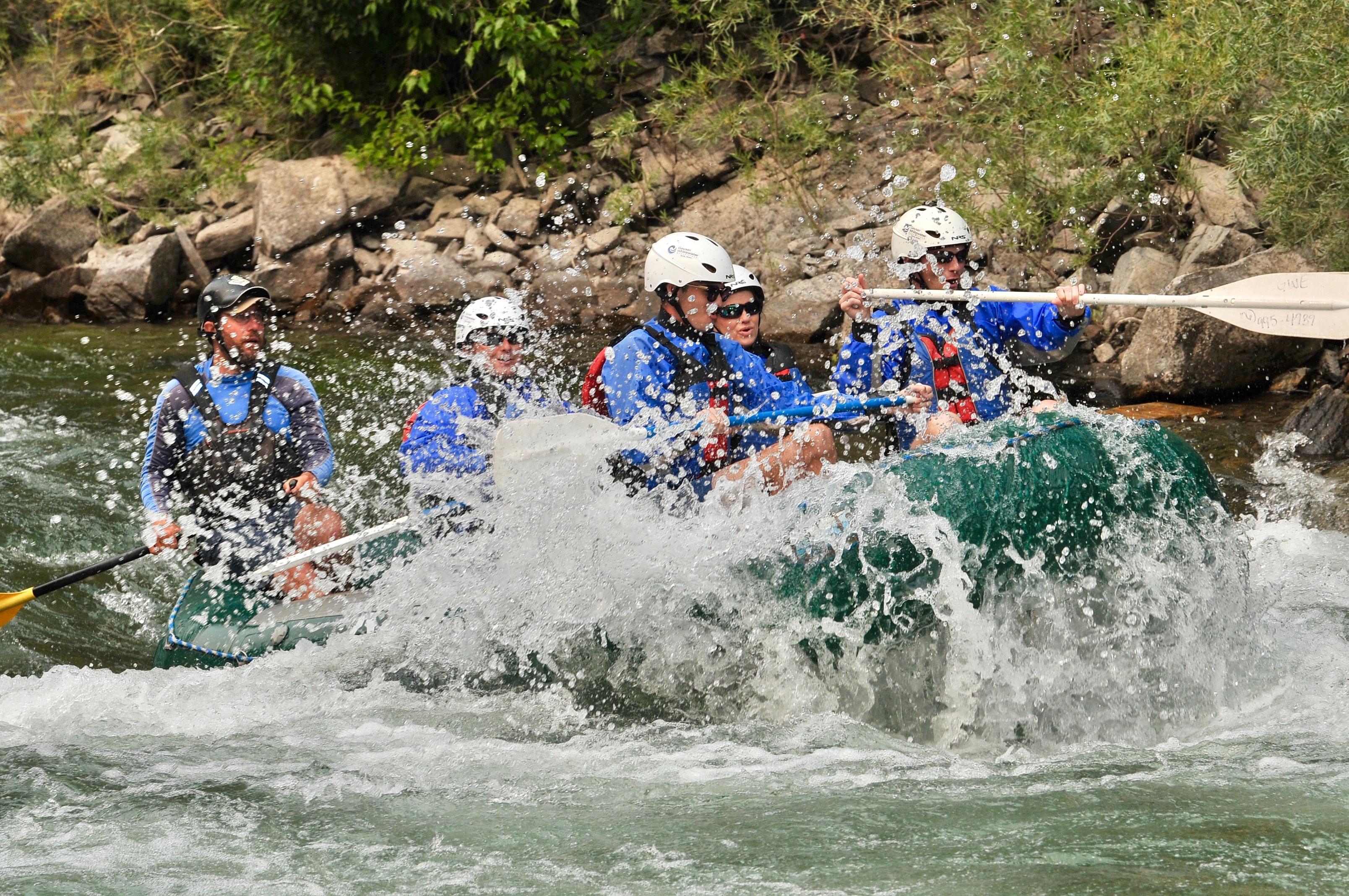
Whitewater rafting may seem like a truly dangerous and life-threatening sport. But according to statistics, death is actually rare.
In fact, a report from American Whitewater in 2000 by Laura Wittmann[1], "based on data from 30 managed rivers from 1994 to 1998, calculated the fatality rate of all whitewater participants (rafters, canoeists, and kayakers) at 0.87 per 100 000 user days."
"Data from West Virginia from 1984 to 1999 showed only 11 fatalities in approximately 2 million commercial rafters, for a fatality rate of 0.55 per 100 000 rafter days. Examining only whitewater kayakers and using a very conservative estimate of the total number of whitewater kayakers in 1998 (700 000), Wittmann calculated the fatality rate per 100 000 participants to be 2.9."
From these statistics, we can see that while whitewater rafting is not without its risks, it is actually a very safe sport.
So if you're looking for an adrenaline-pumping adventure, don't let the fear of injury hold you back. Just be sure to take all the necessary precautions and you'll be sure to have a blast!
Whitewater Rafting Safety Tips
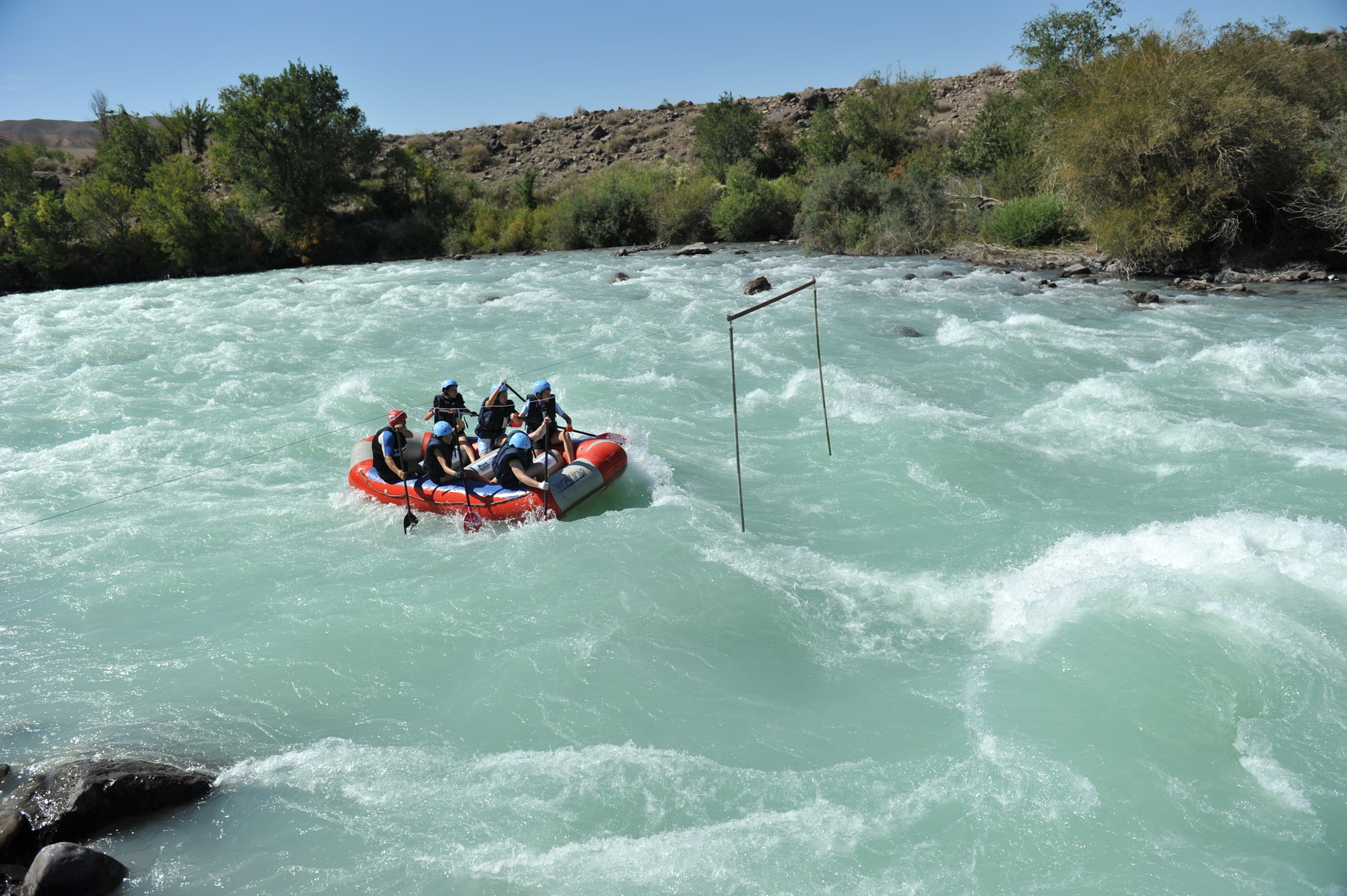
Now that we've gone over some of the dangers of whitewater rafting, let's look at some tips that will help you stay safe while enjoying this thrilling sport.
1. Hold on to your paddle
The T-Grip is located at the end of your paddle. It's easy to overlook the T-Grip, but it's critical to keep your hand on it at all times.
If it collides with another paddler in the face, it can cause black eyes and broken teeth.
Paddles are also often used to help stabilize the raft and keep it from flipping over. If you're not holding onto your paddle, you may find yourself in trouble if the raft starts to tip.
So always hold onto your paddle and keep it within easy reach.
2. Know what to do when you fall out of the raft
If you find yourself in the water, the first thing you should do is try to get back into the raft.
If you can't do that, then hold onto the raft and let it float downstream until it's safe to get back in.
It's also important to stay calm and avoid panicking. Raising your arms and legs will help you stay afloat and make it easier for rescuers to spot you.
Most importantly, don't try to swim against the current. That will just exhaust you and make it harder for you to reach safety.
If you follow these tips, then you'll be much more likely to enjoy a safe and fun whitewater rafting trip.
3. Know what to do when someone else falls out
If someone else falls out of the raft, then you should try to throw them a life jacket or a rope.
You're working as part of a team with everyone else on your raft, so if a member of the raft falls in the water, you must inform the rest of the crew what to do to assist that person reach safety.
Don't try to be a hero and jump in after them. That will just put you at risk as well.
4. Wear the right gear
Wearing the right gear is essential for a safe and fun whitewater rafting trip.
You'll need a helmet to protect your head, a life jacket to keep you afloat, and closed-toe shoes to avoid getting cuts and scrapes.
You should also dress in layers so that you can stay warm if you end up in the water.
5. Check weather conditions
It's important to check the weather conditions before heading out on your whitewater rafting trip.
If the forecast calls for thunderstorms, then it's best to reschedule your trip.
Rafting in heavy rains can create dangerous conditions and make it more likely for you to end up in the water.
Before your trip, knowing the weather conditions could also help you dress appropriately and be prepared for whatever conditions you may encounter.
6. Arm yourself with water level knowledge
Knowing how the river is running is important because water levels can change how your trip goes.
If the water is high, then there will be more rapids, and it will be more challenging to navigate.
On the other hand, if the water is low, then you may have to get out and walk your raft through some sections.
Either way, it's important to be aware of how the water level will affect your trip.
7. Listen to your guide
Your guide is there to help you have a safe and fun trip. They know the river and what to do in different situations.
So it's essential that you listen to your guide and follow their instructions.
If you don't feel comfortable with something, then speak up and let them know. They'll be able to adjust the trip to accommodate your concerns.
8. Don't wear cotton clothing
Cotton clothing will absorb water and make it harder for you to stay warm.
Wearing synthetic materials like polyester or fleece is a better choice because they'll help you stay dry and comfortable. No one wants to be cold and wet on their whitewater rafting trip.
So when you're packing for your trip, be sure to leave the cotton clothes at home.
9. Wear sunscreen all the time
You may not feel like you need sunscreen when you're on the river, but it's important to wear it anyway.
The sun can be just as strong reflections off of the water. So be sure to apply sunscreen before your trip and reapply it throughout the day.
No one wants to get a sunburn while they're whitewater rafting! It's essential to be safe and protect your skin from the sun.
10. Go on a trip that fits your level of expertise
There are different levels of whitewater rafting, so choose a trip that fits your level of expertise.
If you're a beginner, then you should start with Class I or II rivers.
These rivers have gentle rapids, and they're perfect for learning the basics. As you get more experienced, you can move up to Class III and IV rivers.
These rivers have more challenging rapids, so they're best for experienced rafters.
Conclusion
Just like any activity, there are risks involved in whitewater rafting.
But if you follow the safety tips above, you can minimize those risks and have a safe and fun trip.
One last tip: Whitewater rafting can be unpredictable, so be prepared for anything.
Make sure you bring along a first-aid kit, plenty of food and water, and a change of clothes. You should also know how to swim and be comfortable in the water.
And it's always a good idea to let someone know where you're going and when you'll be back.
With a bit of preparation, you can have a great time whitewater rafting. Just be sure to always play it safe.
Have fun!

